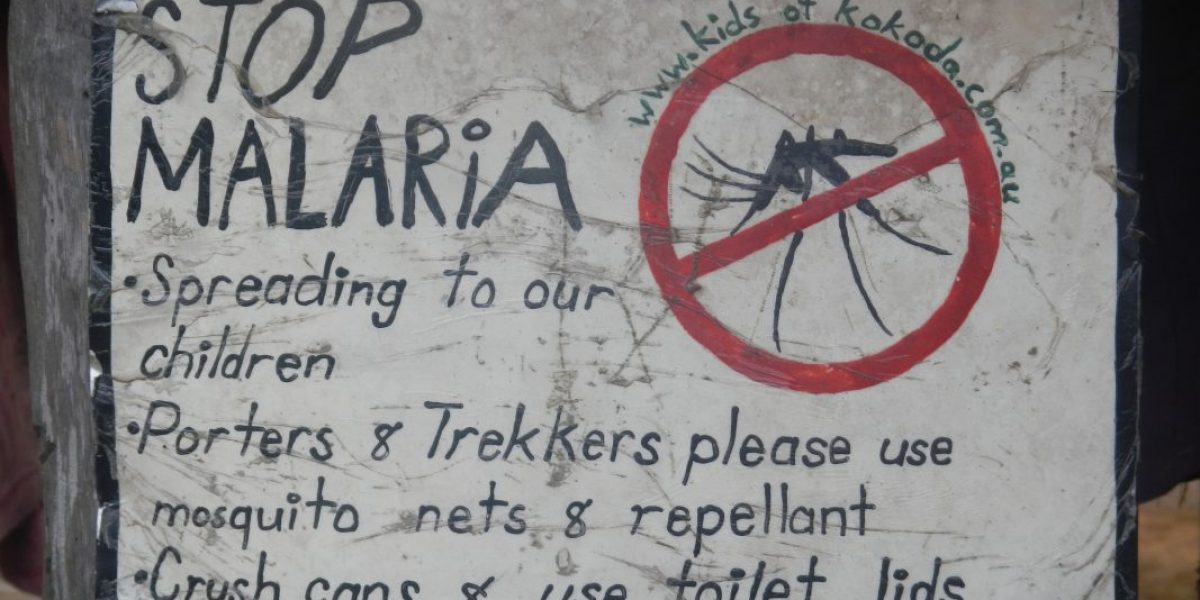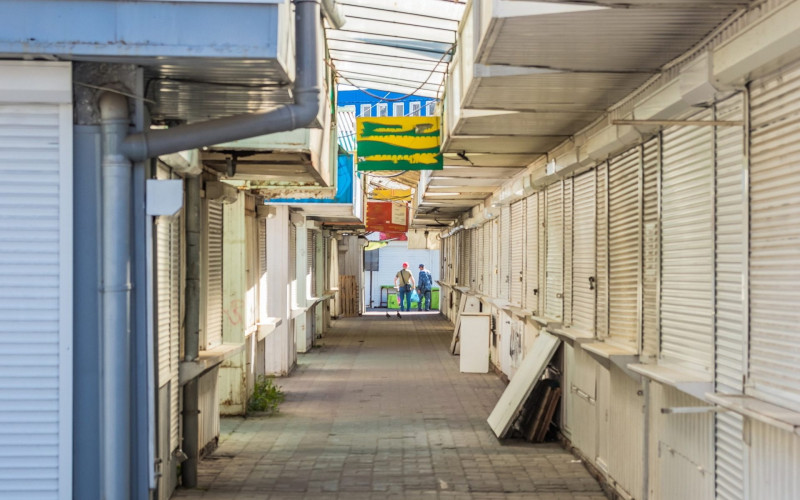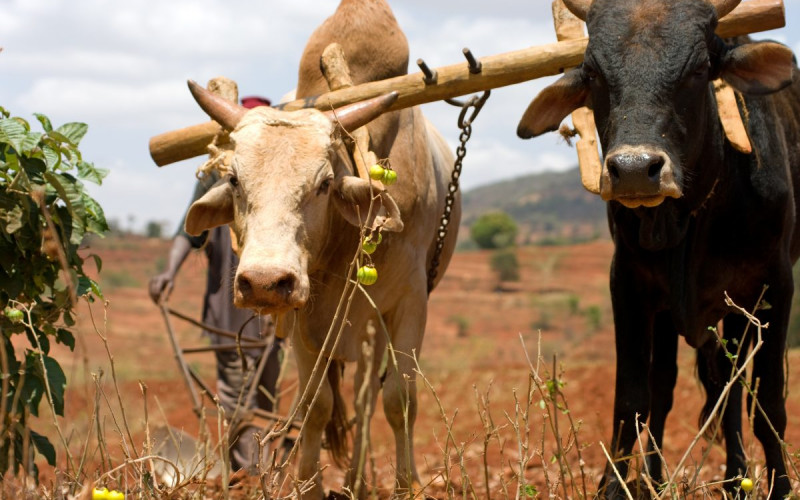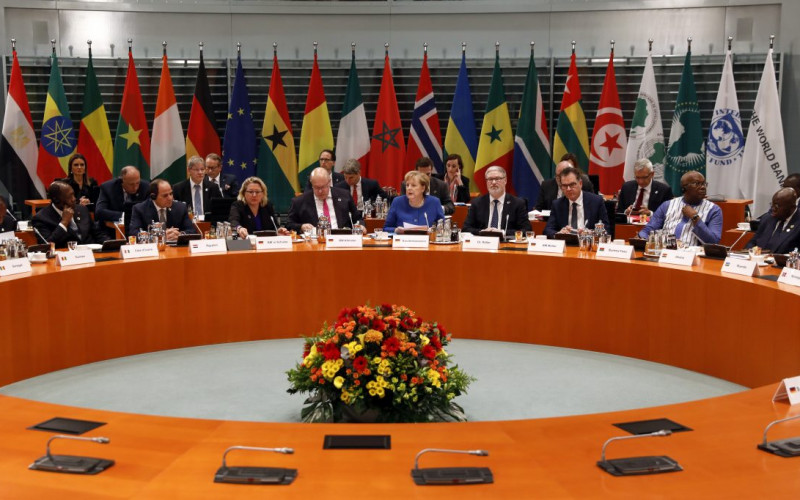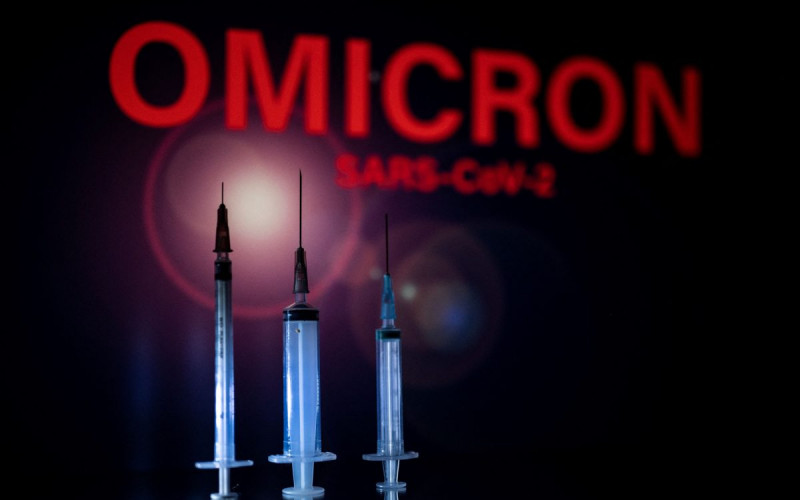Almost five years ago, African leaders signed on to the UN Millennium Development Goals, which include halting and reversing the incidence of malaria worldwide by 2015. At roughly the same time, the continent’s leaders met in Abuja and set an additional target of ensuring that protective measures would be available to at least 60% of the African population at risk of the disease by the year 2005.
But as that time-frame expires, only a fraction of the 521 million Africans affected by malaria have access to drugs and netting, and the continent continues to lose more than 1 million lives every year to the disease.
Although a few countries, such as Zambia, have shown measurable success in reducing fatalities through new treatments, drugs are more often problematic in Africa, home to the highest concentration of the world’s poorest countries. Resistant strains have undermined the efficacy of medicines like chloroquine, which is the treatment of choice in many places, and the costs of new drugs are often prohibitively high.
One of the intervention strategies identified by both the Abuja initiative and the Millennium Development Goals is insecticide-treated bed nets. Malaria saps aggregate GDP in Africa by $12 billion annually, according to the World Economic Forum, making prevention the most sustainable option.
Roughly 80% of the population in 45 sub-Saharan countries is at risk of malaria, including 120 million pregnant women and children under the age of five years, according to the World Health Organisation. To reach the Abuja targets, a minimum of 20 million insecticide treated nets and 50 million regular nets need to be produced by 2005. In the first three years following the Abuja meeting, however, only 20 million nets of any type were distributed, according to the World Health Organisation (WHO), making it highly unlikely that the target would be met.
Although the initial cost of a conventional net is not that high by Western standards – about $2.33, including one treatment kit – the price is beyond the reach of Africa’s poorest and most vulnerable. But such nets need to be treated regularly, meaning that they can cost as much as $8.33 over three years.
The WHO has recently backed introduction of a new, long-lasting insecticidal net that requires no additional treatment and costs about $3 less than conventional nets over their life span. These nets are made out of high-density polyethylene monofilament yarn impregnated with the insecticide permethrin. So far, however, the nets are manufactured by only one company in Africa, the Tanzania-based A-Z Textile Mills, in co-operation with private-sector partners, non-governmental organisations and donors.
To expand distribution, a group of big pesticide manufacturers, oil companies and mosquito net manufacturers and traders came together in Johannesburg at the end of September to consider a business plan drawn up by the WHO’s Roll Back Malaria initiative. To successfully meet the needs of the entire Africa population at risk of malaria would require an investment of up to $150 million, according to WHO estimates.
Public-private partnerships are the vital component of the strategy, said Ebrahim Samba, the WHO’s African regional director, at the Johannesburg meeting.
There is no single tool against malaria, Samba argued. What is needed is a concerted effort. But there is hope that as the new, long-lasting nets become more widely available in Africa, the same manufacturing techniques and facilities can be applied to additional products like similarly treated curtains and other household fabrics.

